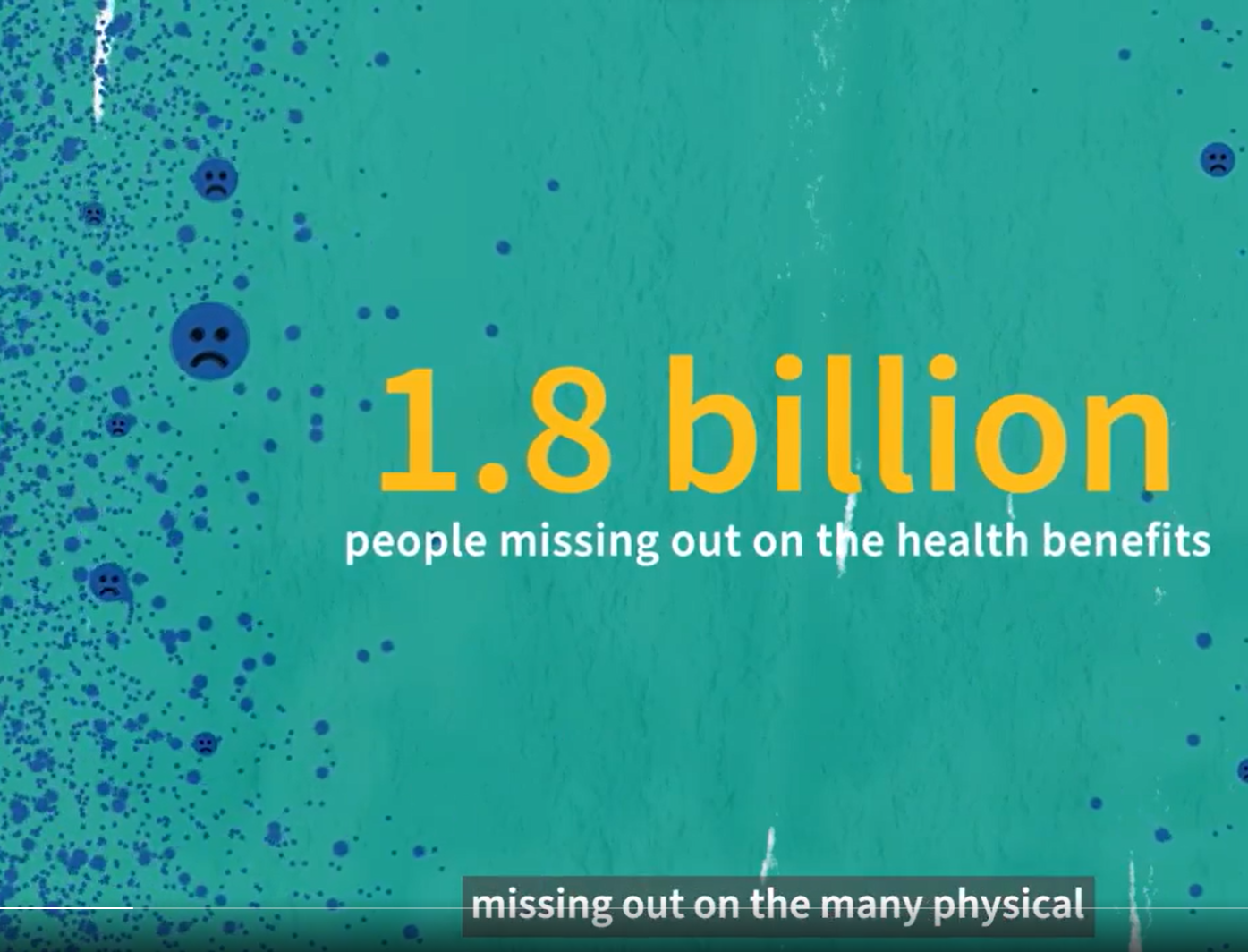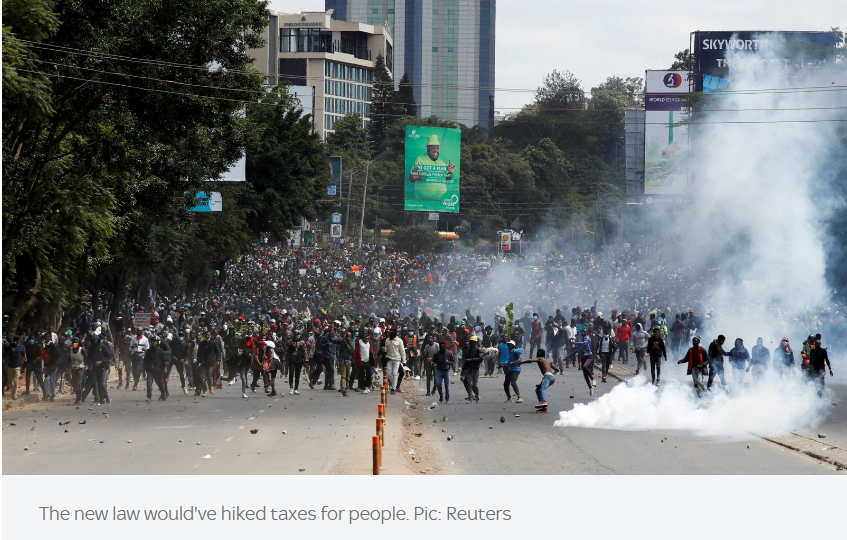By Joke Kujenya
NEARLY ONE-THIRD of adults worldwide, roughly 1.8 billion people, failed to meet recommended physical activity levels in 2022, highlighting a significant global health issue.
This marks a 5% increase in physical inactivity since 2010, a trend that threatens to escalate further.
If current patterns persist, inactivity rates could reach 35% by 2030, moving the world further away from achieving the global target to reduce physical inactivity by that year.
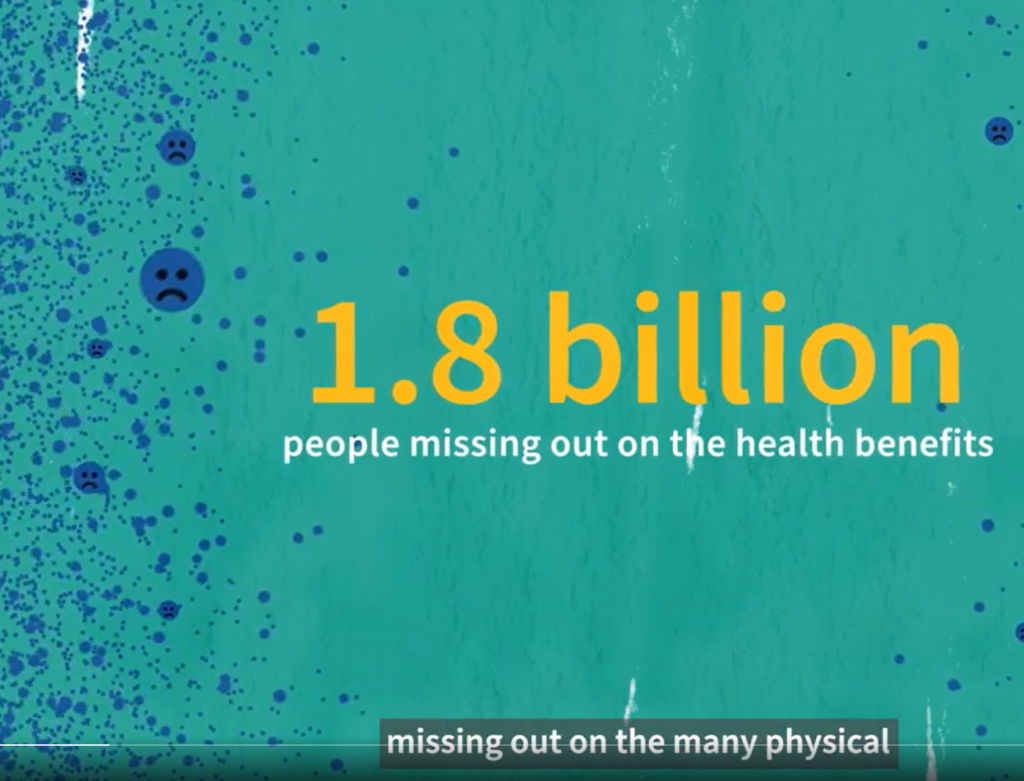

The World Health Organization (WHO) advises adults to engage in 150 minutes of moderate-intensity or 75 minutes of vigorous-intensity physical activity per week.
Failure to meet these guidelines heightens the risk of serious health problems, including cardiovascular diseases, type 2 diabetes, dementia, and certain cancers such as breast and colon cancer.
Research conducted by the WHO and academic partners, and published in The Lancet Global Health, underscores the missed opportunities for improving public health through increased physical activity.
WHO Director-General Dr. Tedros Adhanom Ghebreyesus emphasized the need for renewed commitment to physical activity, urging for stronger policies and increased funding to address this growing concern.
High-income regions, particularly the Asia Pacific (48%) and South Asia (45%), reported the highest inactivity rates.
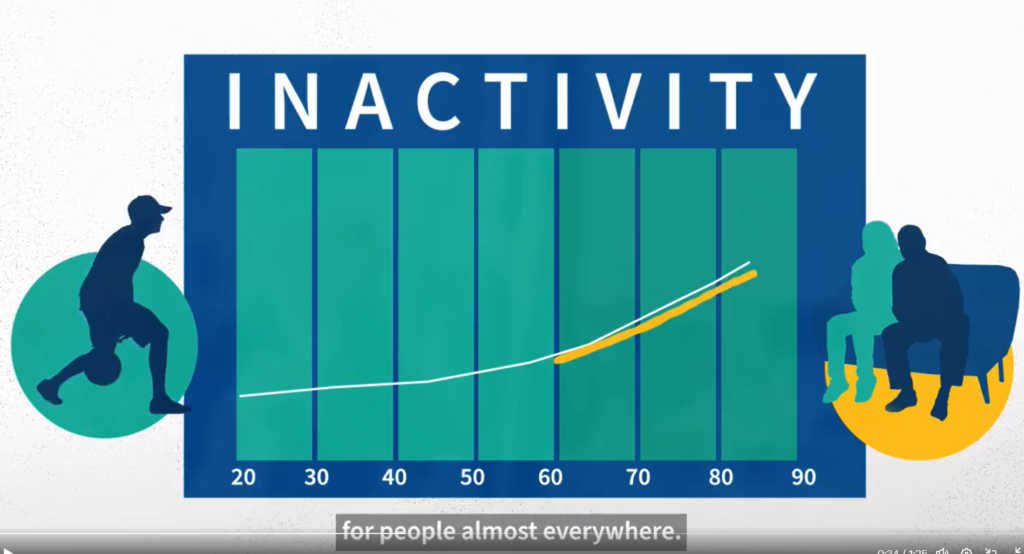
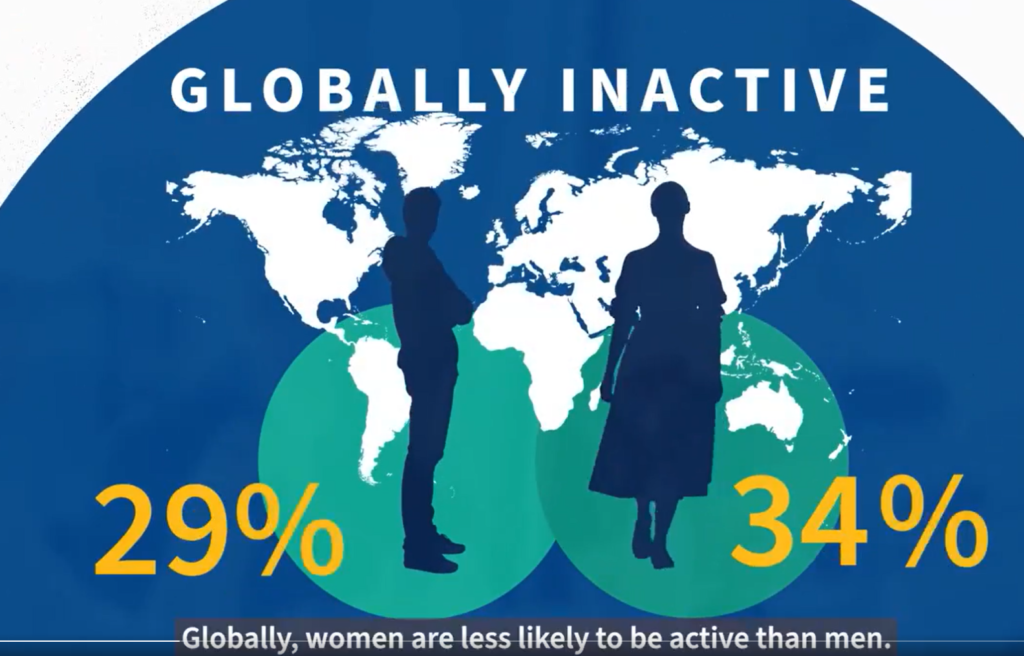
In contrast, Western countries saw lower rates at 28%, while Oceania had the lowest at 14%. Gender and age disparities also persist, with 34% of women being inactive compared to 29% of men.
The elderly are notably less active, emphasizing the need to promote physical activity among older populations.
Dr. Rüdiger Krech, WHO’s Director of Health Promotion, highlighted the substantial impact of physical inactivity on chronic diseases, stressing the need for innovative strategies to motivate people to stay active.
Making physical activity more accessible, affordable, and enjoyable is crucial for reducing noncommunicable diseases and fostering a healthier, more productive global population.
Despite these alarming trends, some countries show progress. Nearly half of the world’s nations have seen improvements over the past decade, and 22 countries are on track to meet the global target of reducing inactivity by 15% by 2030.
In response to these findings, WHO calls for enhanced policy implementation to promote physical activity through community sports, active transportation, and other measures.
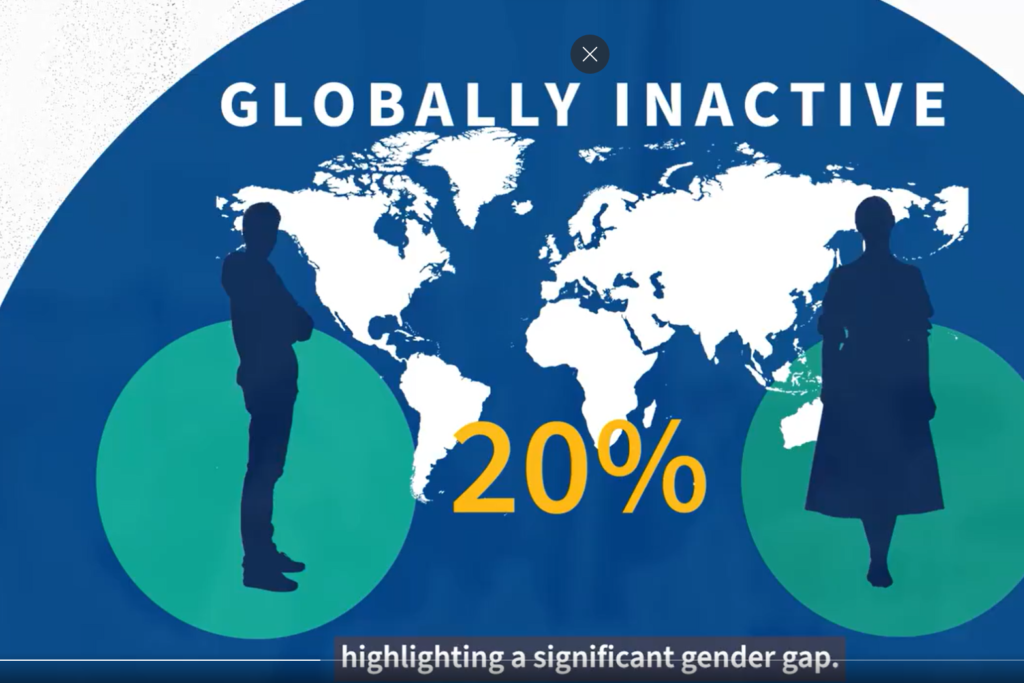
Dr. Fiona Bull, Head of WHO’s Physical Activity Unit, emphasized the importance of creating environments that encourage physical activity as a societal norm. Addressing physical inactivity requires collective efforts from governments, nongovernmental organizations, and increased investments in innovative approaches as this collaboration is essential to reach the least active populations and reduce inequalities in access to physical activity-promoting measures.
At JKNewsMedia, our dedication to delivering reliable news and insightful information to our cherished readers remains unwavering. Every day, we strive to provide you with top-notch content that informs and enlightens. By donating to JKNewsMedia, you directly contribute to our mission of delivering quality journalism that empowers and informs. Your support fuels our commitment to bringing you the latest updates and in-depth analysis. Let's continue to uphold the highest standards of journalism and serve our community with integrity and dedication. Thank you for being a part of the JKNewsMedia family and for your ongoing support.


